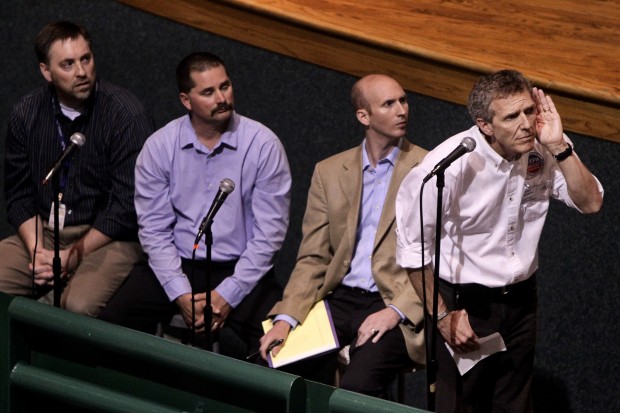Worries, impatience and questions surround the West Lake Landfill Superfund site in Bridgeton. Good people want assurance and action. They expect answers from the Environmental Protection Agency.
While the EPA cannot promise swift action, this fact remains true:
Scientific evidence shows no one living or working around West Lake is experiencing harmful exposures to its hazardous contaminants, including the radiologically contaminated materials, because the EPA has securely contained them.
The EPA, working with our federal, state and local partners, has ordered the responsible parties to fund and maintain controls to keep those contaminants from threatening people’s health.
This Superfund site’s history certainly fuels frustrations with a legal process that, from outside the fence looking in, seems to move too slowly. This agency strives to meet impatience with clear, accurate facts about the site, its conditions, and the EPA’s duty to select a feasible long-term solution to deal with real risk not exaggerated arguments.
People are also reading…
Every day, the EPA and its partners are moving ahead to choose and implement a final remedy for the site. And while we complete the necessary scientific work for a final remedy, we will keep the public’s health protected.
The EPA listens. The community told the EPA to consider removing the contaminants from West Lake altogether instead of securing them in place with a cap.
The EPA responds. Our 2008 cap decision was scrutinized by the community who wanted us to relook at our selected remedy. We ordered the responsible parties to fully evaluate options requested by the community. In addition, headquarters scientists and engineers recommended gathering more and newer scientific data.
The EPA has gathered new data on groundwater, air quality and radiation emissions to develop the most accurate picture of present site conditions. When this re-evaluation is done, the EPA will again weigh the options and recommend a secure and feasible remedy for public review and comment.
Along this methodical path, the EPA and its partners have kept focused on smoldering beneath the adjacent Bridgeton Sanitary Landfill, and are acting to keep it from impacting West Lake. The state of Missouri has taken the lead by requiring Republic Services to control odors coming from the Bridgeton Landfill and to successfully stabilize the subsurface smoldering.
Design began last October and now nears completion under EPA oversight of a protective isolation barrier to separate Bridgeton and West Lake. Construction should begin soon, will take time, but will be done under EPA authority.
Some frustrated neighbors, as well as the editorial board of the Post-Dispatch, have called for the West Lake site to be transferred to the Army Corps of Engineers for handling under the Formerly Utilized Sites Remedial Action Program. FUSRAP, as it is called, has cleaned up several smaller radiologically contaminated sites in the metro area, so why not West Lake?
The fact is that the EPA cannot simply “hand off” West Lake to the corps. That would require congressional action. Even under FUSRAP, any corps site cleanup would have to follow the same Superfund rules that the EPA is following now.
A final remedy for the challenges posed by the West Lake Landfill site takes time. The EPA appreciates well-informed community demands for action, and we will work as promptly as possible to strike the Superfund law’s duty to balance through science and responsible action.
Karl Brooks is regional administrator for the Environmental Protection Agency’s Region 7, headquartered in Lenexa, Kan.
















